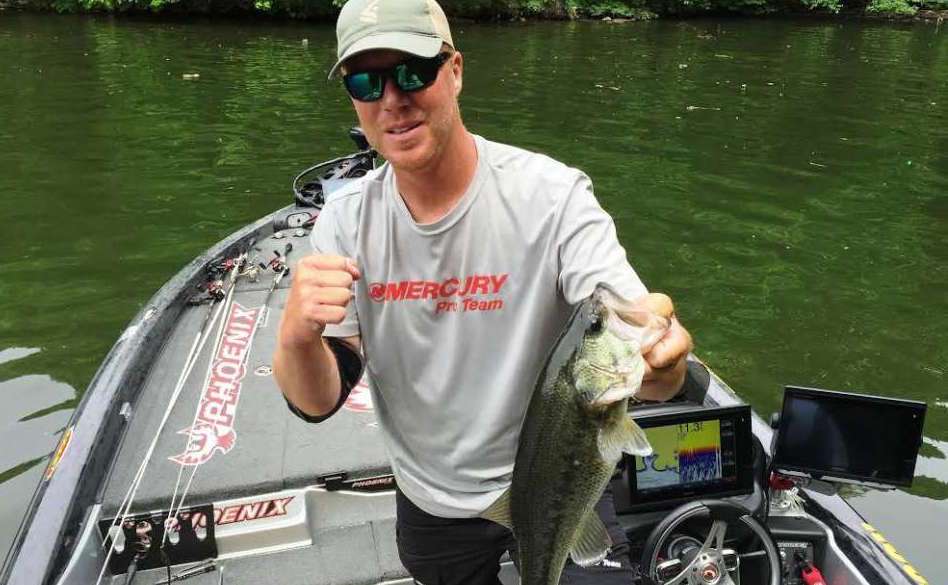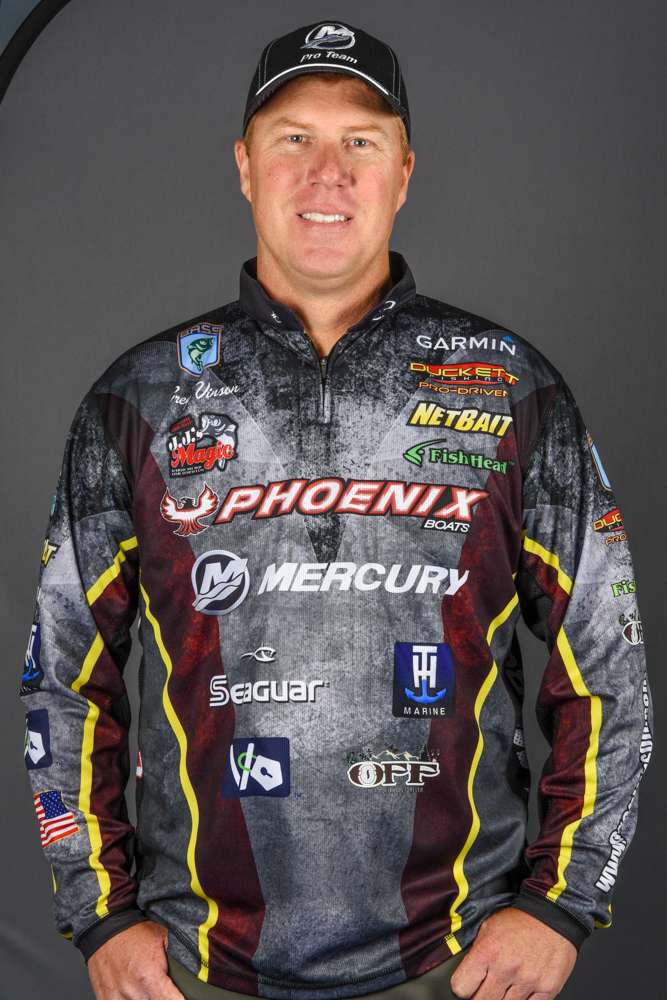
Back when I was a kid fishing a Carolina rig was a part of almost every trip. It seems like I always caught bass with it no matter where I was fishing. You see it mentioned these days, but you don’t hear much about how to make one. We’ll do that here, but we’ll save the when, where and how for another day.
When I mention a product it’s because that’s what I use and am most familiar with. Some of them are sponsors, some are not. There are lots of good products out there. I’m not saying mine are the only ones that’ll work. They are, however, excellent examples.
Here goes…
I start with 17-pound-test Seaguar InvizX Fluorocarbon as my main line. I know a lot of anglers like braid, but I think you get almost the same feel and toughness with high-quality fluorocarbon and you definitely get a better hookset. It’s a little more forgiving. The biggest downside to braid is that it can cut easily on rock and can dig into wood causing hangups.
My leader is made from the same line, and for the same reasons, but I drop down to 12- or 15-pound-test.
Cylindrical weights seem to work best for me. I generally prefer a 1/2-ounce up to 1-ounce weight depending on depth. A conical shape comes through grass, rock and wood a little better than a barrel shape. Bass Pro Shops makes a good one. But, whatever I use I don’t worry so much about tungsten. It has a better feel than lead, but it’s much more expensive. You’ll lose a ton of them if you fish in brush and rock. That can turn expensive in a hurry with heavy tungstens.
Hooks are like a lot of things in life, everybody has an opinion. For my money, it’s hard to beat an offset worm hook with a wide gap. But, I’m not a fan of the EWG designs for Carolina rigs. My preference is the Owner Offset Shank Wide Gap Worm Hook. It’s looks like a wide round bend. I go with sizes from 2/0 to 5/0 depending on the size of my plastic bait.
Building the rig is simple and straightforward. I make my leader — usually between 2 1/2 and 3 feet long — and then add a hook on one end and a swivel on the other. In very shallow water you might want to think about shortening your leader to 12 inches, and using a lighter weight.
Your swivel is small but it plays a big role in a Carolina rig. Buy good ones. If they don’t turn easily, you’ll have a twisted mess after just a few casts.
I thread my sinker on my main line and then add a bobber stopper to protect the knot at the swivel. Plastic beads will help protect the knot and add a little extra noise, but I don’t trust them. I’m always concerned that they’ll get chipped on a rock and cut my line.
Everything is tied with a Palomar knot. It’s simple to tie and reliable when tied correctly. The problem with most other knots is that they require repeated wraps. That’s not an easy thing to do when you’re tying to a ring that rotates.
You’ll want a long, stiff rod with a Carolina rig. I use a 7-foot, 4-inch, heavy action Triad model along with a 7.1:1 gear ratio reel. The long powerful rod helps me make the required sweeping hookset and the high-speed reel lets me take up line quickly before and after I make that hookset.
That’s all there is to it.
The Carolina rig is extremely versatile. With a few adjustments it’ll handle a 12-inch worm, a 5-inch creature bait or a 3-inch French fry. The more you fish with it, the more you’ll like it.

